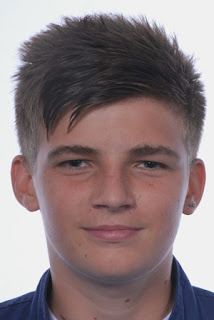She began by telling us the process of commission a music video, which is very quick:
1. They are given a track from a band
2. She discusses with her team about the budget they should spend determined by record sales they think the band/artist will sell
3. Together, which they prefer is with the artist, they talk about what to do with the video
4. Emily then puts together a brief based on their ideas and sends this to around 5-10 directors. The directors are given a week to produce their treatments on the music video, which they then send back to Polydor (Emily and her team)
5. Emily and her team then choose the best treatment with the label management and the artist. Then they produce their budget and sign off the video
6. Within a week or two they will then shoot the video and a week later the edit will be delivered to them, which they will look over and then send to the label management and the artist
What I found particular interesting during this presentation was the treatments that Emily showed us of real music videos she had commissioned. She showed us Cheryl Cole - Parachutes, Lana Del Ray - Born to die and Take that - The Flood
Here are the music videos (unfortunately I can't show the treatments that went with these):
All the treatments were
very similar to the music videos, which taught me that my treatment needed to
have been much more particular with images and summaries: therefore a
group should have discussed further exactly we what we wanted at the time.
Tips for a treatment:
1. Lots of visual
references that are as close as possibly to what you want to achieve
2. Needs to be very
clear and simple
3. Begin with a short
summary that will present the concept of the music video
4. Treatments should
include things such as: the tone/look of the video, the location,
editing, styling hair/makeup, set design and performance
5. Mood films are
also a key thing to use in a treatment, which the director used for the Take
That music video treatment (this essentially got him the job)


















































